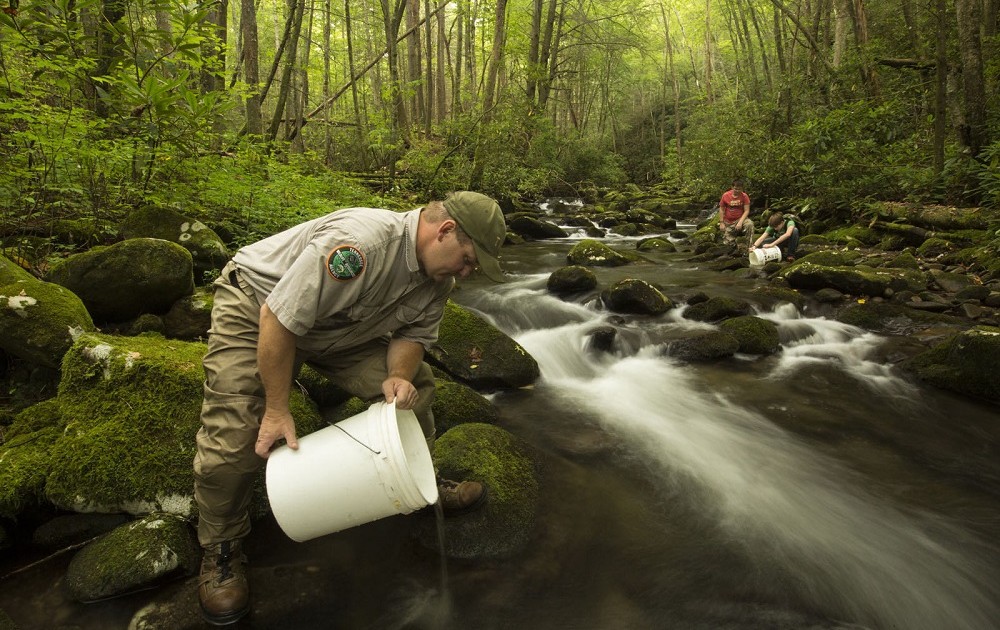
By Codi Kozacek
Circle of Blue
Two years after it passed the Clean Water Act, Congress enacted the Safe Drinking Water Act. The SDWA allowed the EPA to set federal standards for drinking water quality and required public water supply systems to create plans for protecting their drinking water sources. Though both the SDWA and the Clean Water Act address water quality, the two laws are not fully integrated, according to Lynn Thorp, national campaigns director for Washington, D.C.-based Clean Water Action.
“They’ve been implemented very separately,” Thorp told Circle of Blue. “It has not been routine for Clean Water Act rulemaking to go into a lot of detail about potential drinking water impacts and what the costs in terms of public health and water treatment might be, or what the benefits of avoiding that pollution might be.”
The EPA has plans to improve coordination between the two laws that should be implemented, Thorp said.
“How we grow food, how we build communities, how we make products, make energy, all those things can have water impacts,” she said. “We think if you make the potential impact on drinking water your primary consideration, when you make decisions about those things at the place where they are regulated or controlled, you will make the best decision all around.”
A news correspondent for Circle of Blue based out of Hawaii. She writes The Stream, Circle of Blue’s daily digest of international water news trends. Her interests include food security, ecology and the Great Lakes.
Contact Codi Kozacek





